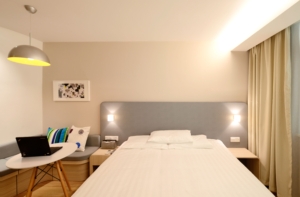It is important to distinguish between a travel allowance and a living away from home allowance (LAFHA) as they are taxed very differently.
A LAFHA is paid from an employer to an employee to cover the additional costs of temporarily living away from their normal residence to perform employment duties. The payment is tax free in the hands of the employee and should not be included as assessable income in the employee’s tax return. The employer will be subject to Fringe Benefits Tax on the LAFHA.
Any expenses incurred by the employee which have been covered by a LAFHA are not deductible as they are deemed to be private in nature and not incurred in the course of earning income.
Travel allowances are classed as assessable income for the employee and the costs associated with the travel are tax deductible. Such costs can include meals, accommodation, transport and incidental costs. To be classified as a travel expense the travel must make the employee stay away from home over night to perform employment duties. These costs are tax deductible as they have a sufficient close connection with employment duties.
The ATO has recently stated at if all the below are satisfied the allowance will be deemed a travel allowance:
The Employer:
- Provides an allowance to an employee or pays or reimburses accommodation and food and drink expenses for the employee.
- Does not provide the reimbursement or payment as part of a salary-packaging arrangement and the employee is not given the option to elect to receive additional remuneration.
- Includes the travel allowance on the employee’s payment summary or income statement and withholds tax (if applicable).
- Obtains and retains the relevant documentation to substantiate the fact that all of these circumstances are met.
The Employee:
- Is away from their normal residence for work purposes;
- Does not work on a fly-in fly-out or drive-in drive-out basis;
- Is away for a short-term period being no more than 21 days at a time continuously and an overall aggregate period of fewer than 90 days in the same work location in an FBT year;
- Must return to their normal residence when their period away ends
Other related blogs:
Claiming travel expenses using the substantiation method
Employee travel expenses and deductibility
Author: Rhys Frewin
Email: rhys@faj.com.au

